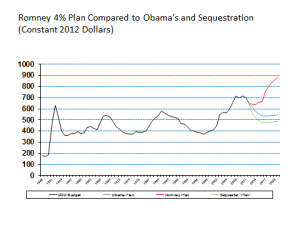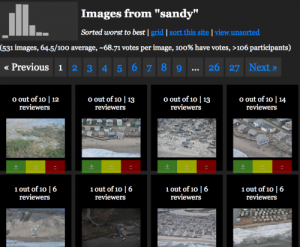
CIA rushed to save diplomats as Libya attack was underway
Greg Miller
Washington Post, 1 November 2012
The CIA rushed security operatives to an American diplomatic compound in Libya within 25 minutes after it had come under attack and played a more central role in the effort to fend off a night-long siege than has been publicly acknowledged, U.S. intelligence officials said Thursday.
The agency mobilized the evacuation effort, took control of an unarmed U.S. military drone to map possible escape routes, dispatched an emergency security team from Tripoli, the capital, and chartered aircraft that ultimately carried surviving U.S. personnel to safety on Sept. 12, U.S. officials said.
. . . . . . .
Instead, U.S. intelligence officials insisted that CIA operatives in Benghazi and Tripoli made decisions rapidly throughout the assault with no interference from Washington, even while acknowledging that CIA security forces were badly outmatched and largely unable to mobilize Libyan security teams until it was too late.
Among the new disclosures is that the CIA station chief in Tripoli sent an emergency security force, with about a half-dozen agency operatives as well as two U.S. military personnel, to Benghazi aboard a hastily chartered aircraft while the attack was underway.
Continue reading “DefDog: CIA offers detailed account of attack in Libya”









